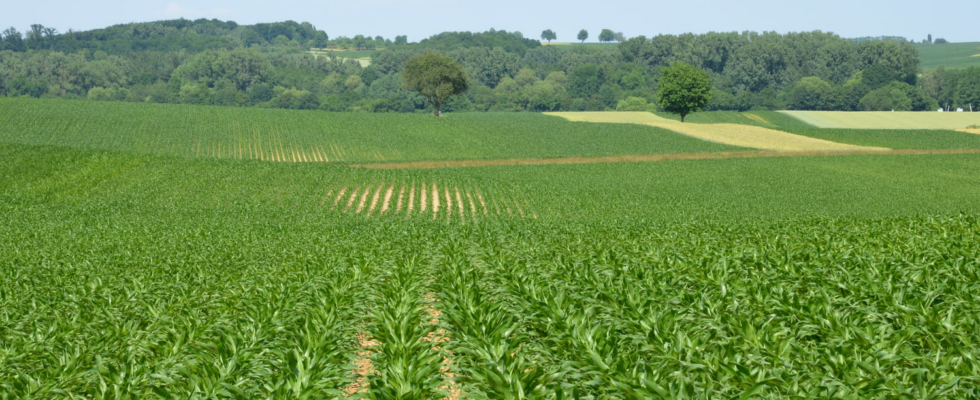An invasive and very dangerous plant species is spreading rapidly across the fields of France, moving ever further north. The problem is that it contaminates food during harvesting.
The proliferation of a very toxic plant in the fields of France is increasingly worrying farmers and health authorities. Present in the country for a long time, this invasive species is currently experiencing an expansion that seems difficult to contain, thanks to global warming. Experts emphasize the importance of preventive management to avoid the serious consequences it can cause.
Of Mexican origin, this plant species is particularly dangerous due to its extreme toxicity and its ease of colonizing cultivated land. Its preference for summer crops, such as corn and sunflowers, makes it a feared intruder in agricultural plots. Farmers struggle to control it, especially since its seeds can remain viable in the soil for several decades.
This plant is the dateand despite growing awareness, it continues to extend from the south of France to the northtaking advantage of climatic conditions favorable to its development. And the danger is not only limited to crops, because datura can also contaminate foodstuffs, such as buckwheat flour and certain frozen or canned vegetables.
These products are sometimes polluted by fragments of the plant during harvest, thus posing a health risk for consumers. Even small amounts can cause serious effects, ranging from simple discomfort to severe or even fatal poisoning. In the past, the authorities have already withdrawn several contaminated batches from the market to prevent any spread of the danger.
Faced with this threat, actions are necessary at all levels of the food chain. Farmers must be extra vigilant in managing their plots, particularly by monitoring fields with modern tools such as satellite imagery. A preventive approach, from the first appearances of the plant, is crucial to limit its spread. In addition, consumers must remain attentive to the origin of the products they purchase and follow the recommendations of the authorities in the event of an alert.
Finally, the fight against datura requires collective efforts. It is recommended that individuals learn to recognize this plant with its characteristic white flowers and unpleasant odor. In gardens and in nature, it is important not to confuse this plant with other edible species. Simple actions, such as manually pulling out young shoots, can help slow down its proliferation. But it remains essential to raise awareness among the general public of the dangers of datura to prevent any serious accident.
